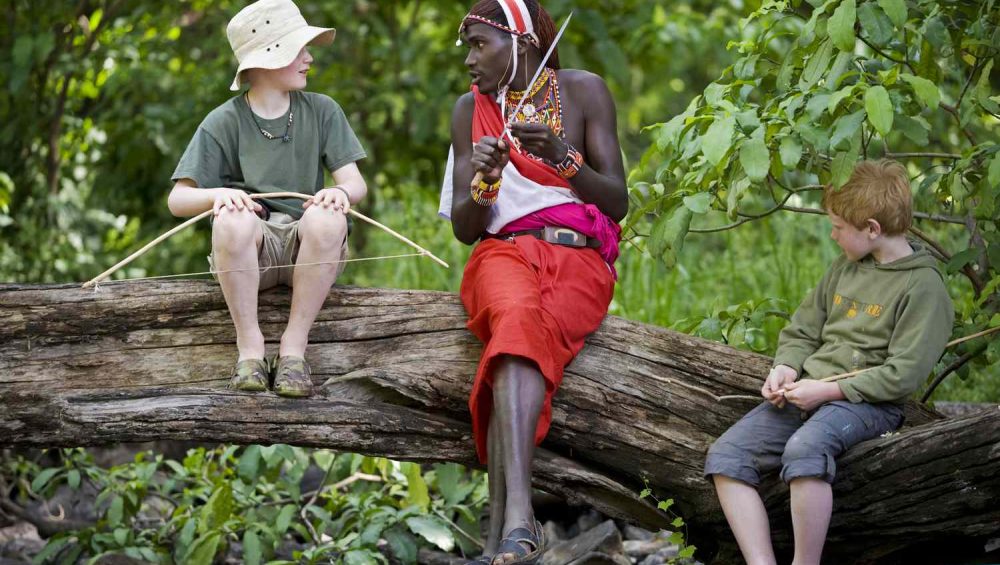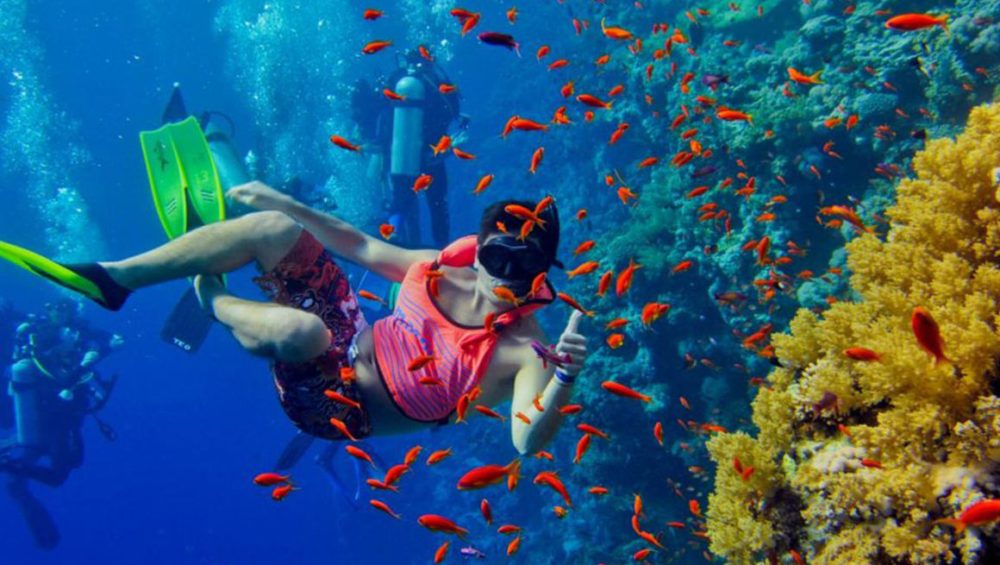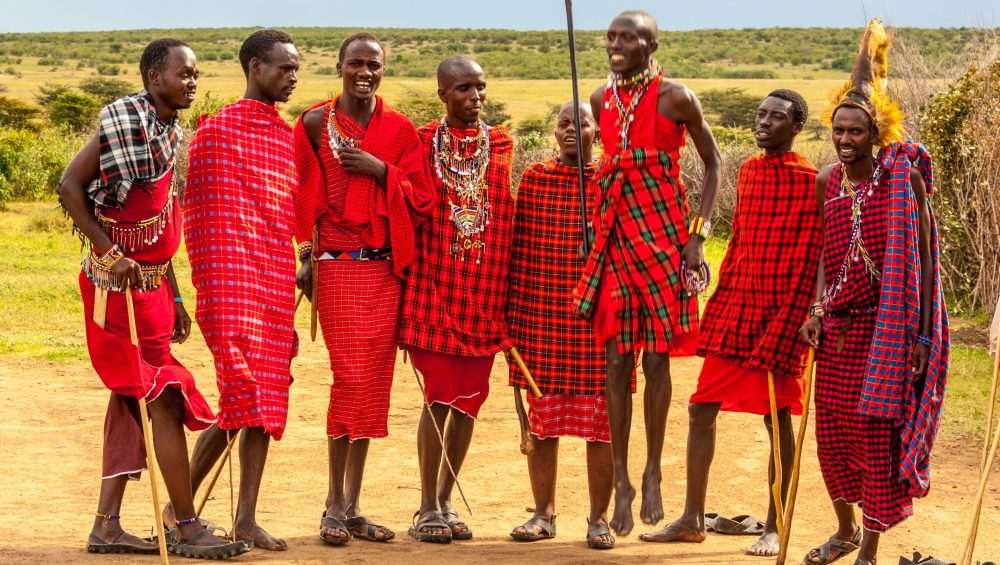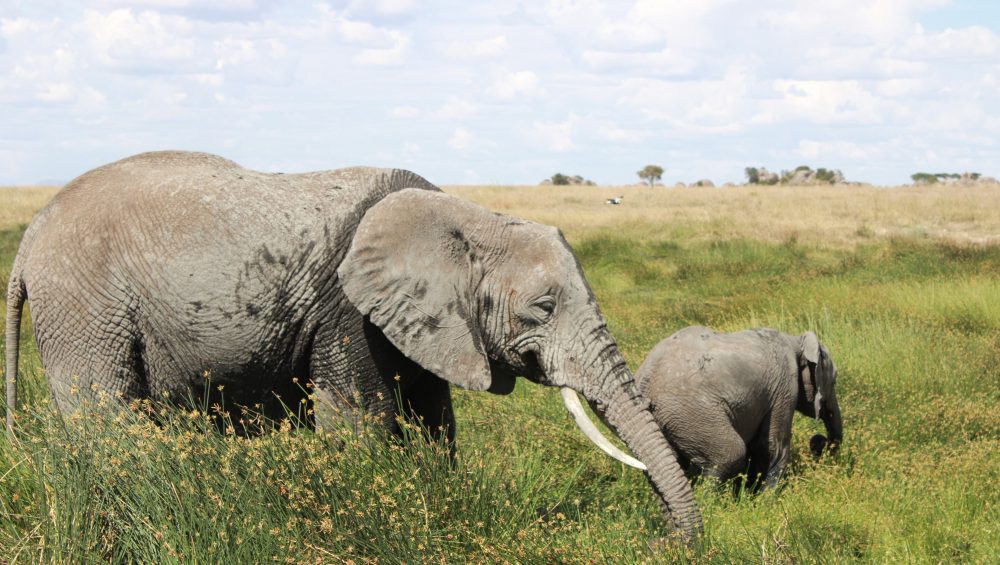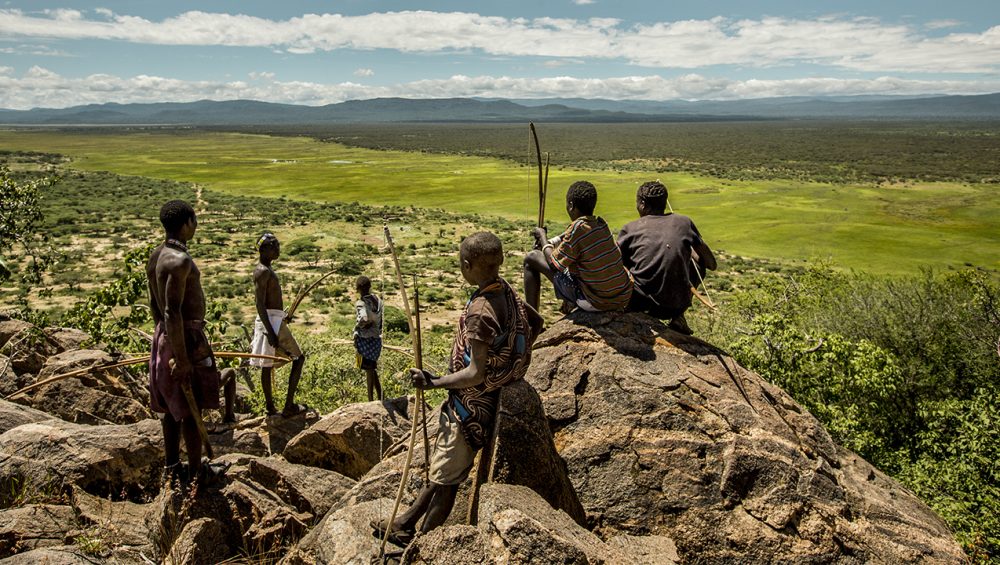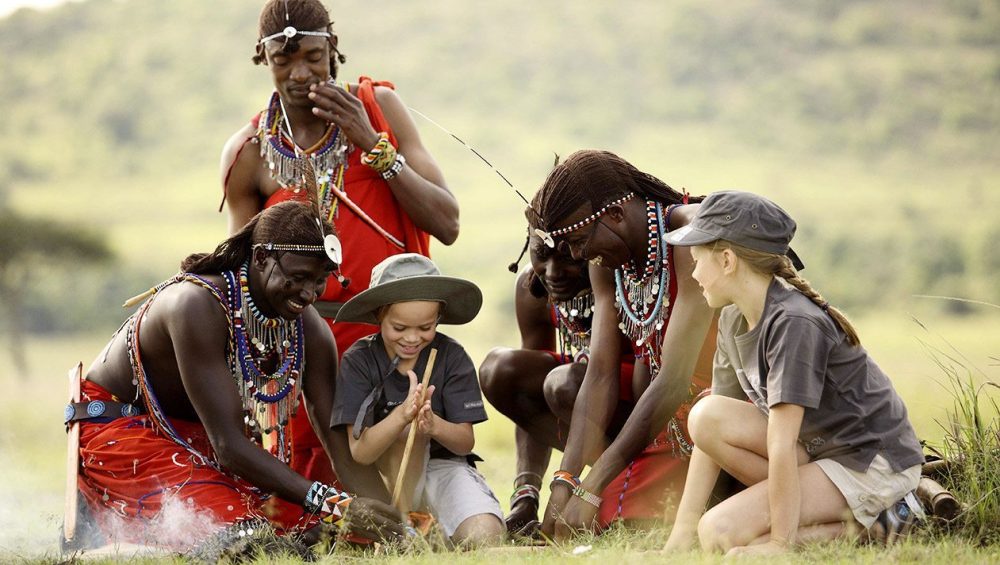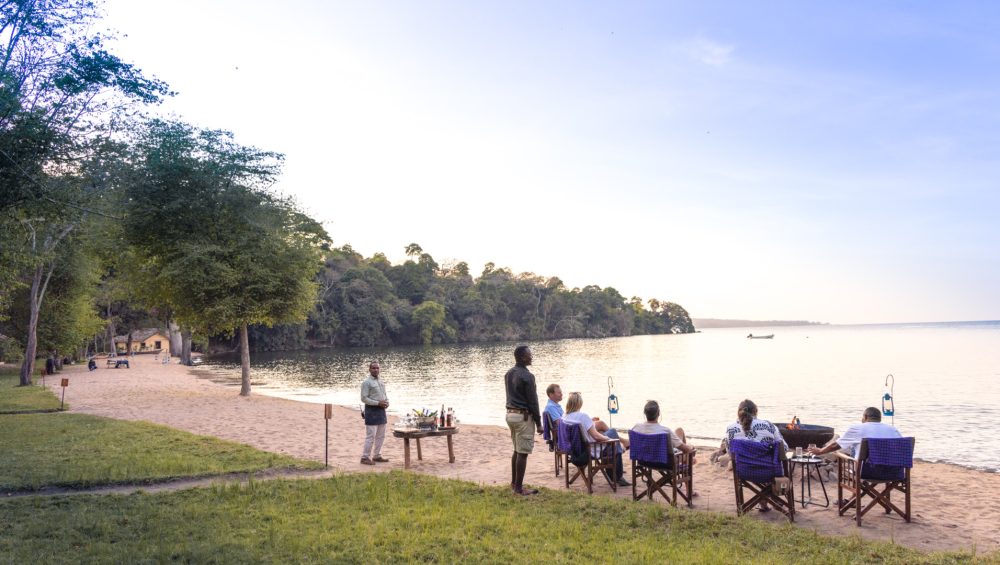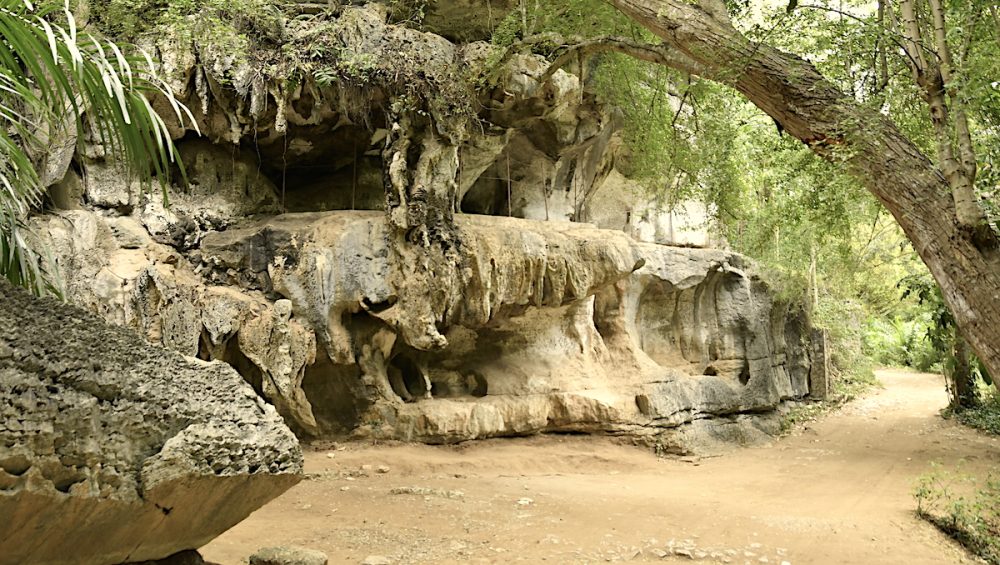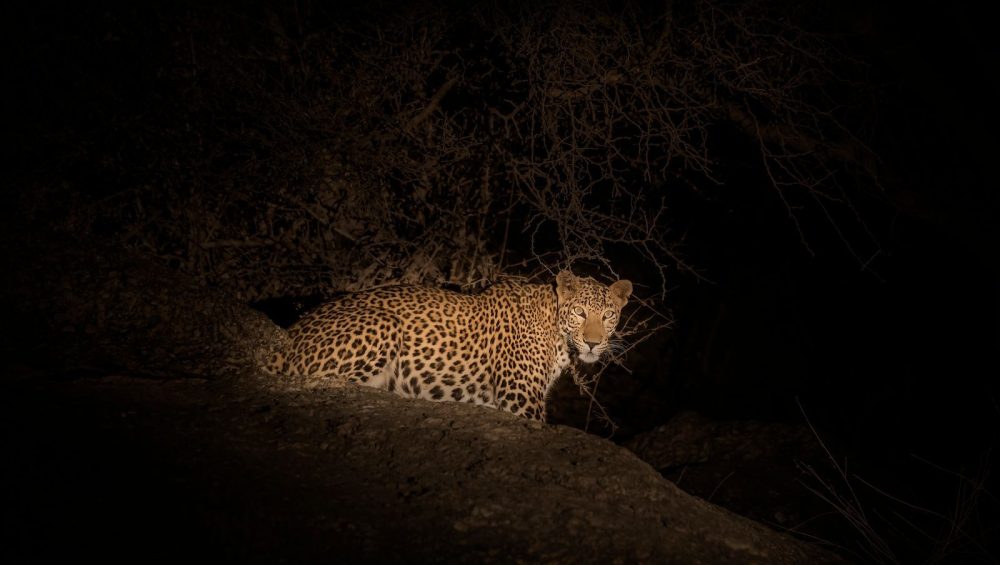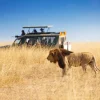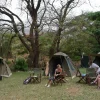Tanzania’s Coffee Culture: A Journey from Bean to Cup
Tanzania’s Coffee Culture: A Journey from Bean to Cup
Tanzania is known for its breathtaking safaris and stunning landscapes, but did you know it’s also home to some of the world’s finest coffee? Whether you’re sipping a rich cup in a bustling café in Arusha or walking through the misty highlands of Kilimanjaro’s coffee farms, Tanzanian coffee culture is an experience in itself.
From bean to cup, let’s take a journey through the history, cultivation, and traditions that make Tanzania’s coffee scene truly special.
A Brief History of Tanzanian Coffee
Coffee was introduced to Tanzania in the 16th century by Ethiopian traders and later expanded under German and British colonial rule. Today, Tanzania is one of Africa’s top coffee producers, with coffee playing a vital role in the country’s economy. Around 90% of the country’s coffee is grown by smallholder farmers, making it a deeply personal and community-driven industry.
There are two main types of coffee grown in Tanzania:
- Arabica (grown in the highlands of Kilimanjaro, Arusha, and Mbeya) – Known for its smooth, fruity flavor with hints of chocolate and floral notes.
- Robusta (grown in the northwest regions) – Stronger, with a bolder, earthier taste, often used in espresso blends.
Where Tanzanian Coffee Grows
Tanzania’s coffee thrives in high-altitude regions, where rich volcanic soil and favorable climate conditions create the perfect environment for premium beans. Some of the best coffee-growing areas include:
☕ Mount Kilimanjaro & Arusha – The heart of Tanzania’s Arabica coffee production, known for its bright acidity and rich aroma.
☕ Mbeya & Southern Highlands – Produces full-bodied, complex Arabica coffee with fruity and chocolatey notes.
☕ Lake Victoria Region – Home to Tanzania’s Robusta coffee, often used for strong brews and instant coffee blends.
From Farm to Cup: The Coffee Production Process
1. Growing & Harvesting
Coffee trees take about 3–4 years to bear fruit. The coffee cherries are typically harvested by hand, ensuring only the ripest ones are picked.
2. Processing the Beans
There are two main processing methods:
🔹 Washed (Wet) Process – The beans are fermented and washed, producing a cleaner, brighter flavor.
🔹 Natural (Dry) Process – The cherries are dried under the sun, resulting in a sweeter, fruitier taste.
3. Roasting & Grinding
After drying, the beans are roasted to perfection, unlocking the complex flavors unique to Tanzanian coffee. Lighter roasts highlight fruity notes, while darker roasts bring out bolder, chocolatey flavors.
4. Brewing & Enjoying
Tanzanians enjoy coffee in many ways, from traditional methods to modern espresso-based drinks.
Tanzanian Coffee Culture: How Locals Enjoy It
Unlike neighboring Ethiopia, where coffee ceremonies are deeply rooted in daily life, Tanzanians have a more relaxed coffee culture. Many people drink tea (chai) more frequently, but coffee still holds an important place, especially in urban cafés and farming communities.
Here’s how locals and visitors enjoy Tanzanian coffee:
✔ Kahawa Tungu – A strong, spiced black coffee, often served with ginger and sugar in coastal regions.
✔ Local Coffee Shops – Arusha and Moshi have a growing café culture, offering everything from freshly brewed pour-over coffee to Tanzanian espresso.
✔ Farm Tours & Tastings – Visitors can tour coffee farms, meet farmers, and participate in hands-on coffee brewing experiences.
Where to Experience Tanzania’s Coffee Culture
If you’re visiting Tanzania and want to immerse yourself in its coffee heritage, here are some must-visit spots:
🌱 Kilimanjaro Coffee Farms – Walk through lush plantations and learn the art of coffee growing and processing.
☕ Arusha’s Cafés – Try locally roasted coffee in trendy cafés like Union Coffee or Africafe.
🏡 Coffee Lodges & Retreats – Stay at coffee-themed lodges like Rivertrees Country Inn or Ngila Coffee Estate.
Bringing Tanzanian Coffee Home
Want to take a piece of Tanzania’s coffee culture home with you? Look for locally roasted beans from ethical brands that support farmers. Some great options include:
✨ Kilimanjaro Coffee – Smooth and aromatic Arabica beans.
✨ Burka Coffee Estate – High-quality coffee grown near Arusha.
✨ Africafe Instant Coffee – A popular Tanzanian brand for a quick, flavorful cup.
Final Thoughts: More Than Just a Drink
Tanzanian coffee is more than just a delicious morning pick-me-up—it’s a symbol of history, tradition, and hard work. Whether you’re exploring coffee farms, sipping espresso in Arusha, or brewing a cup at home, each sip tells the story of Tanzania’s rich coffee culture.
So, next time you take a sip of Tanzanian coffee, remember—you’re tasting a piece of the country’s heritage!
Asante na Karibu Tanzania! ☕🇹🇿
Deals and Discounts
Our Best Selling Tanzania Tours & Safaris
2 Days Tanzania Budget Safari
- Price: $500 per person
- Tour Type: Budget Safari, Joining Groups
- Place Visited: Arusha, Tarangire, Ngorongoro Crater
3 Days Safari Serengeti & Ngorongoro Crater
- Price: $750 per person
- Tour Type: Budget Safari, Joining Groups
- Place Visited: Arusha, Serengeti, Ngorongoro Crater
3 Days Tanzania Big 5 Budget Safari
- Price: $650 per person
- Tour Type: Budget Safari, Joining Groups
- Place Visited: Arusha, Tarangire, Lake Manyara, Ngorongoro Crater
3 Days Tanzania Safaris, Waterfalls And Coffee Tour
- Price: $620 per person
- Tour Type: Budget Safari, Joining Groups
- Place Visited: Arusha, Tarangire, Ngorongoro Crater, Materuni Waterfalls & coffee tour
3-Day Serengeti and Ngorongoro Camping Fly-in Safari
- Price: $1500 per person
- Tour Type: Budget Safari, Private Safaris, Camping Safaris, Fly In Safaris
- Place Visited: Arusha, Serengeti, Ngorongoro Crater, Zanzibar
3-Day Tarangire NP, Ngorongoro and Materuni Waterfalls
- Price: $605 per person
- Tour Type: Budget Safari, Joining Groups, Lodge Safaris
- Place Visited: Arusha, Tarangire, Ngorongoro Crater, Materuni Waterfalls & coffee tour
3-Day Tarangire, Ngorongoro and Kilimanjaro Hike
- Price: $715 per person
- Tour Type: Budget Safari, Joining Groups, Lodge Safaris
- Place Visited: Arusha, Tarangire, Ngorongoro Crater, Kilimanjaro Mountain
4 Day Taste of Tanzania Budget safari
- Price: $900 per person
- Tour Type: Budget Safari, Joining Groups
- Place Visited: Arusha, Tarangire, Serengeti, Ngorongoro Crater


